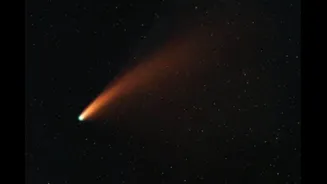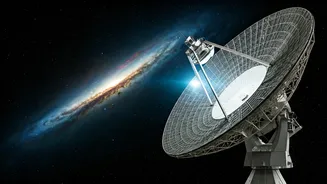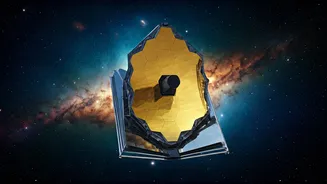Radio Signal Detected
The remarkable feat of detecting a radio signal from 3I/ATLAS marks a pivotal moment in astronomy. This interstellar object, unlike anything observed before,
has always been a source of intrigue. Its origin and composition presented a significant challenge. By analyzing this initial radio emission, researchers have begun piecing together the object's history and its journey through space. This revelation represents the commencement of more in-depth analyses of its properties and characteristics. This is a crucial first step in understanding these wandering objects that traverse through our solar system.
Origin Insights Gained
The radio signal serves as a key that unlocks understanding about 3I/ATLAS's origin. The characteristics of the signal, including its frequency and strength, provide essential clues. By examining these radio waves, astronomers are able to deduce the composition of the object and the conditions under which it formed. This analysis allows scientists to better understand the environment where the object originated from and its interactions with other celestial bodies. Further analysis of the signal is likely to reveal even more details, adding to our understanding of the formation processes in the universe.
Implications and Future
This discovery holds broad implications for the study of interstellar objects. Understanding the nature of 3I/ATLAS helps refine models of planet and solar system formation. Furthermore, the ability to detect radio signals from these objects opens doors to exploring other interstellar visitors. Future studies will involve advanced observation techniques and data analysis. This will deepen our understanding of these rare, space-traveling objects and the information they carry about the universe's evolution. Scientists are preparing for the next generation of space exploration and radio astronomy to fully capitalize on this major breakthrough.














